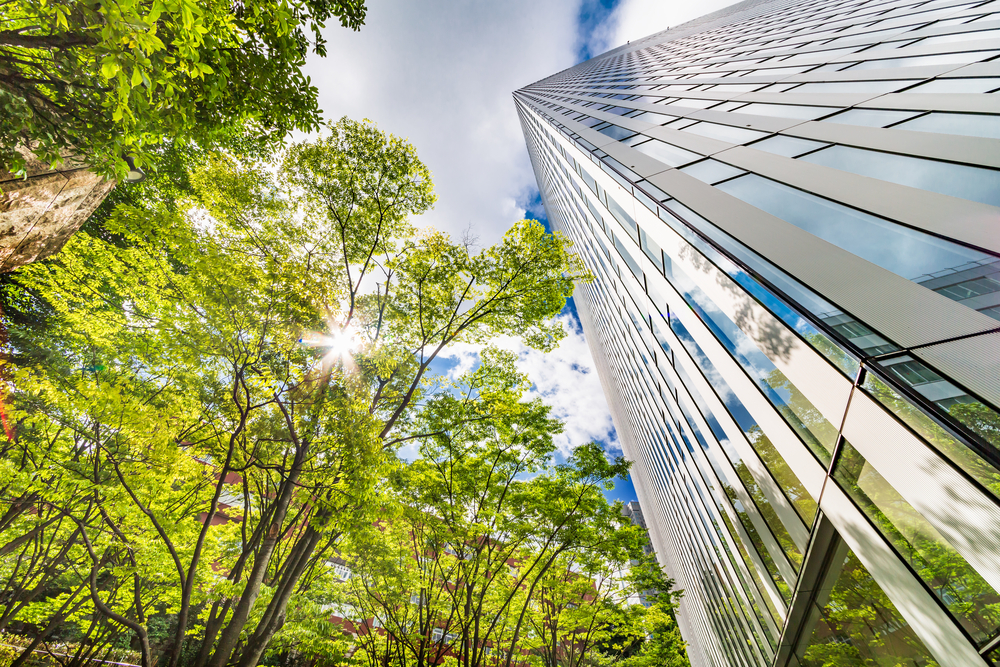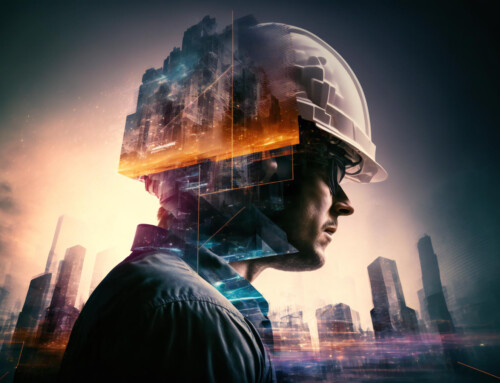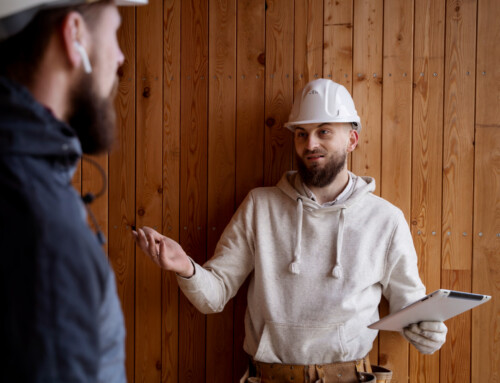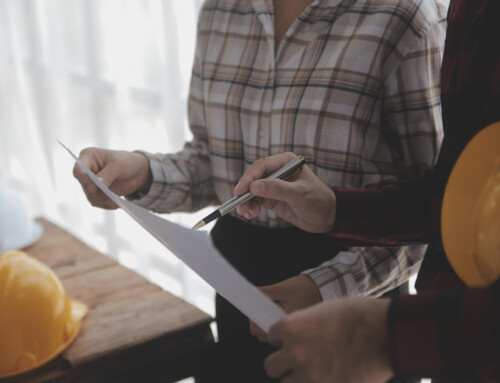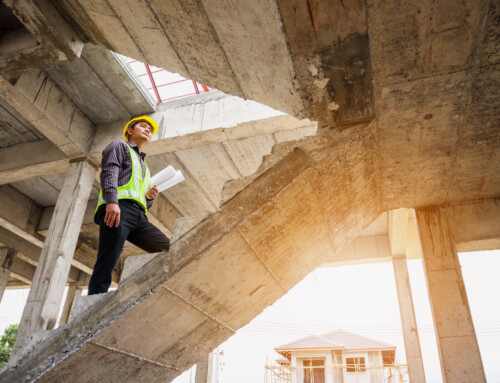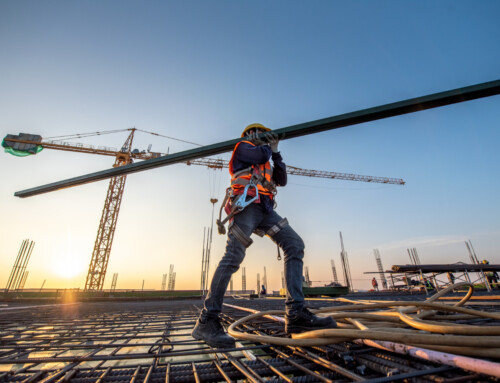Public buildings have already started to adjust their designs to minimize the spread of infection. Architects and construction firms are reevaluating what it means to design buildings that promote the health and safety of their occupants as companies around the world have learned firsthand how detrimental viruses can be to the economy. Below are some innovative ways design and construction are used to fight the spread of infection.
Layouts Will Change
One way that public spaces will change in the future is that layouts will become more expansive. Spaces such as schools, stadiums, and restaurants aren’t designed with social distancing in mind. Some companies will need larger buildings to create spaces that allow for social distancing while others will need to find creative ways to make existing buildings safer for the public.
Health-Related Building Elements
The ongoing pandemic has made firms more aware of how building designs can impact global health, such as touch-free elevators and digital locks. Many companies will want additional preventative measures, such as scanners that allow businesses to check occupants’ temperature before they enter the building. Incorporating outdoor space into building designs can also help fight the spread of infection. One building that has already implemented some of these changes is Fulton East in Chicago. The Fulton East project implemented touch-free technology throughout most of the office space, as well as a top-of-the line sanitization system.
Air Quality
Air quality will become a key issue when discussing building designs in the future. Going forward, many companies will want state of the art ventilation, filtration, and air purification systems. A well-ventilated building will slow the spread of germs. Controlling relative humidity levels also affects the rate viruses spread within a building. Air purification systems, meanwhile, take microorganisms out of the air, which is equally important.
Safety Guidelines Will Improve
In June, the International WELL Building Institute established a new system for rating the safety of buildings that measures the quality of the building’s policies, design, and procedures for maintenance. The U.S. Green Building Council also shared safety guidelines in response to COVID-19. Over time, the expectations for sanitation and safety will increase across the board because of the pandemic. Companies want to make sure their customers and employees are safe, and they also want to be better prepared the next time the world faces a major pandemic.
COVID-19 has accelerated the adoption of improved safety and health features in public buildings. In upcoming years, construction firms will see focus shift away from just green designs toward designs that also emphasize health. Companies want buildings that accommodate social distancing, promote clean air and sanitation, and actively slow the spread of disease so they can better weather future pandemics and ensure the safety of occupants.
How can we help you?
Searching for an opportunity in the construction industry? Contact The Birmingham Group’s team of seasoned commercial construction recruiters today to discuss your career path or browse our open positions.
Are you a hiring authority in need of construction talent? Submit a search request today.
–
